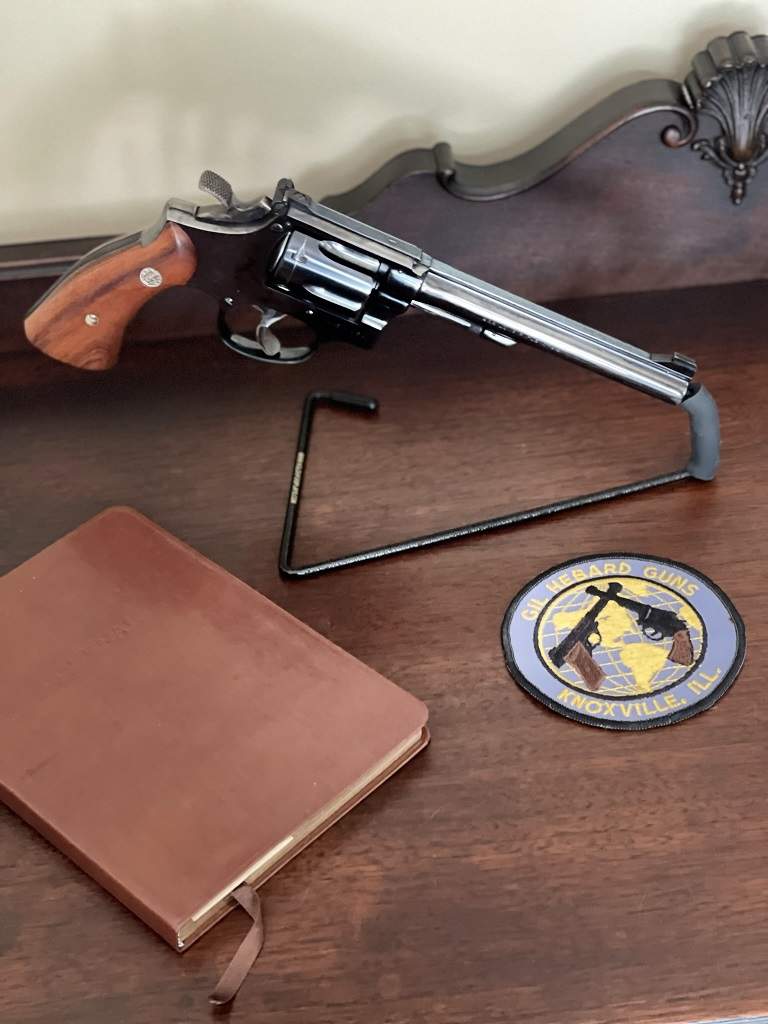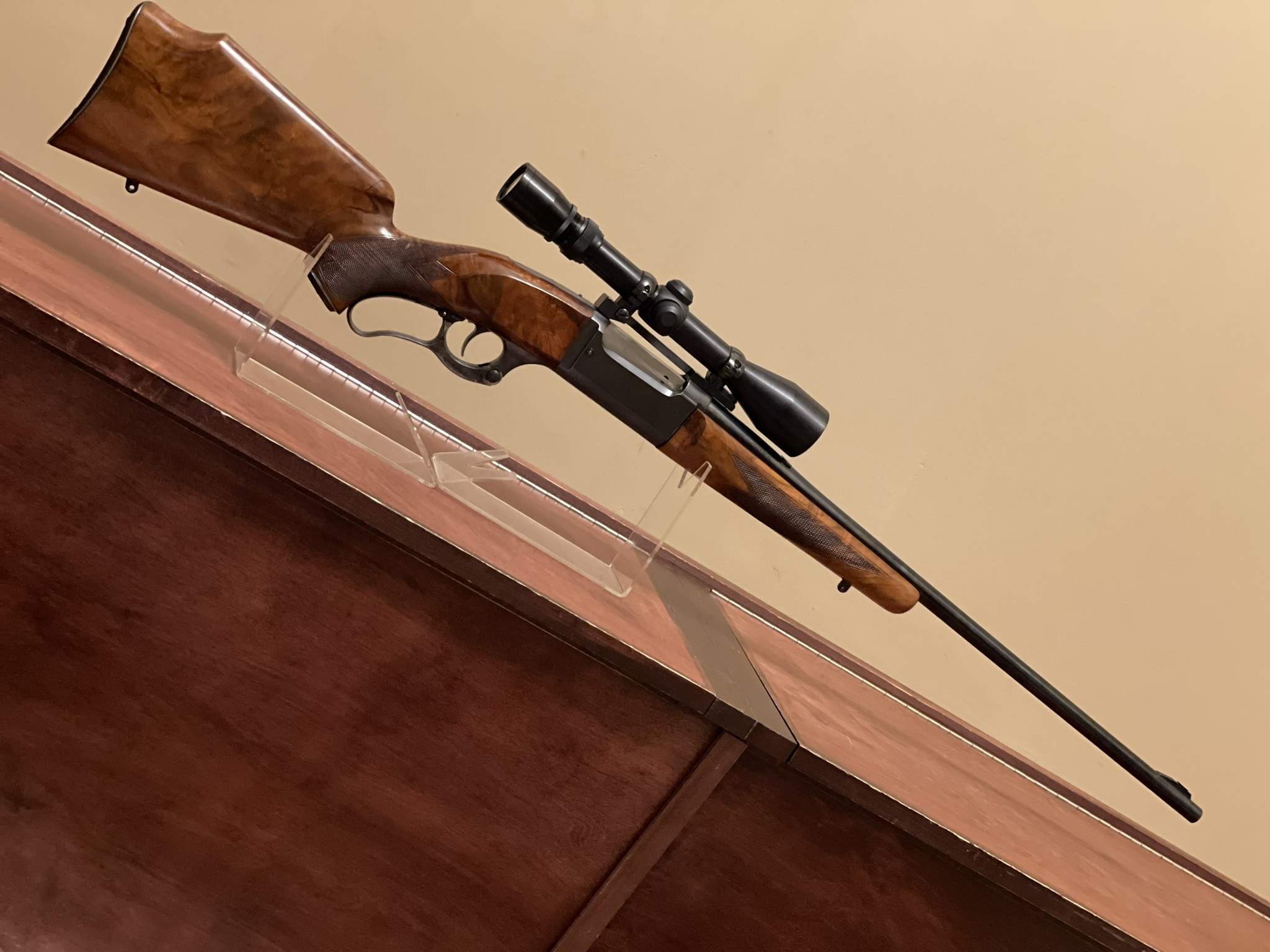The Boom Years
Greg | 26 January 2024
The post-World War II era, particularly the years from 1946 to 1964, marked a significant period in the history of the American gun industry. These years, aligning with the Baby Boom generation, witnessed unique shifts in the industry’s dynamics. This article delves into the transformation of the gun industry during this period, examining the influences of socio-political changes, technological advancements, and cultural shifts on firearms production, marketing, and ownership.

Historical Context
Post-War Socio-Economic Landscape ... After World War II, America emerged as a global superpower with a booming economy. The return of veterans and the subsequent Baby Boom led to increased suburbanization and a growing middle class. These demographic shifts had profound effects on various industries, including firearms.
The Gun Industry at the End of World War II ...The gun industry, which had been heavily focused on military production during the war, faced a significant transition. Companies that had been producing firearms for the military had to pivot towards civilian markets.
Technological Advancements and Innovation
From Battlefields to Hunting Fields ... The technology developed during the war found its way into civilian firearms. Innovations in materials, manufacturing processes, and design improved the quality and variety of guns available to civilians.
The Rise of Modern Sporting Firearms ... This era saw the introduction of modern sporting firearms. Semi-automatic rifles and shotguns became increasingly popular among hunters and shooting sports enthusiasts. The period also marked the beginning of significant improvements in gun safety mechanisms.
Events that Influenced Changes
The Suburban Explosion ... One of the most defining features of the Baby Boom era was the rapid expansion of suburbia. Post-World War II, there was a massive demand for housing due to returning veterans and their growing families. This led to the development of suburban neighborhoods on an unprecedented scale. The iconic example of this phenomenon is Levittown, New York, often cited as the archetype of postwar suburbia. Built by William Levitt between 1947 and 1951, Levittown provided affordable housing for thousands of families, with efficient, mass-produced houses that symbolized the American Dream for many.
The Space Race ... This period was marked by the intense competition between the United States and the Soviet Union in space exploration, known as the Space Race. It began in earnest with the Soviet launch of Sputnik, the world's first artificial satellite, in 1957. This event shocked and motivated the United States, leading to increased funding and focus on science and technology education. The culmination of this effort was NASA's Apollo program, which ultimately led to the first human landing on the Moon in 1969, although this event falls slightly outside the traditional Baby Boom years.
The Civil Rights Movement ... The Baby Boom years were also a crucial period for the Civil Rights Movement in America. One of the most significant events was the Brown v. Board of Education Supreme Court decision in 1954, which declared racial segregation in public schools unconstitutional. This period also saw the rise of influential civil rights leaders like Martin Luther King Jr. and the beginning of major civil rights campaigns, including the Montgomery Bus Boycott (1955-1956) and the March on Washington in 1963, where King delivered his famous "I Have a Dream" speech.
Market Dynamics and Consumer Trends
The Surge in Hunting and Recreational Shooting ... Post-war prosperity led to increased leisure time, contributing to a surge in hunting and recreational shooting. The gun industry capitalized on this trend by marketing firearms as symbols of tradition, freedom, and Americana. Firearms in the Suburban Household ... Firearms, particularly rifles and shotguns, became common in suburban households, often associated with self-defense and a rural, outdoorsy lifestyle that many suburbanites aspired to.

Regulatory Landscape and Political Climate
Early Stages of Gun Control Debate ... During this period, the seeds of the modern gun control debate were planted. High-profile crimes and assassinations began to shift public opinion, leading to early discussions about gun regulations. The Industry’s Response to Regulatory Changes ... The gun industry’s response to these changes was a mix of resistance and adaptation, with some companies starting to promote responsible gun ownership and safety.
Cultural Impact and Societal Perceptions
Guns in American Culture ... Guns became deeply ingrained in American culture during this period. They were featured prominently in Western movies and television shows, reinforcing their image as icons of American heritage. The Changing Demographics of Gun Ownership ... The demographics of gun ownership began to shift during this time, with more urban and suburban dwellers purchasing firearms. The industry responded by diversifying its marketing strategies to appeal to a broader audience.

Conclusion
The period from 1946 to 1964 was pivotal in shaping the modern American gun industry. This era set the stage for many of the trends, debates, and practices that are still relevant today. By understanding this critical period, we gain insight into the complex relationship between American society and firearms, a relationship that continues to evolve and influence both policy and culture.
This article offers a comprehensive overview of the gun industry's transformation in post-war America, highlighting how technological, cultural, and political factors influenced its evolution during the Baby Boom years.
